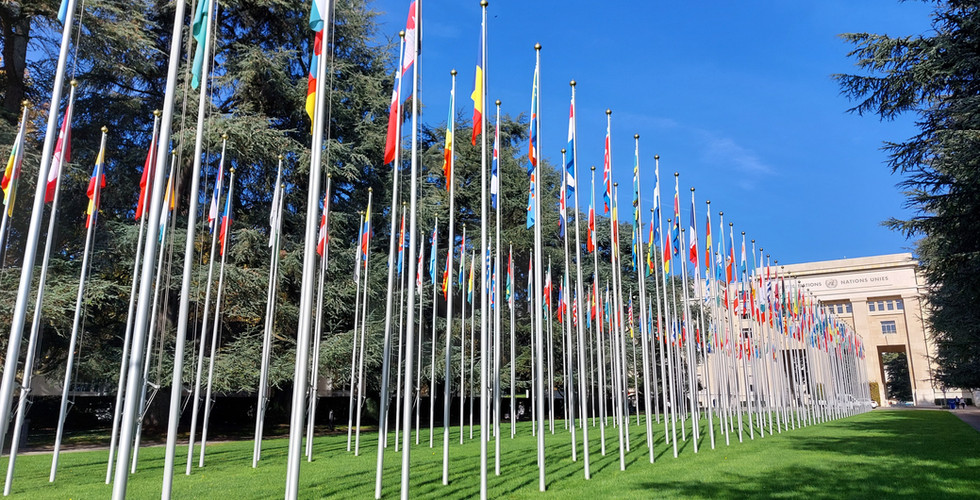
Before launching an international Paid Media campaign, it is crucial to assess whether the business is truly ready to take that step. One of the most common mistakes is overlooking technical and strategic aspects, which, if not addressed in time, can result in performance issues or high costs that are difficult to rectify.
The first step is to review key elements such as local competitiveness, logistical and financial capacity, and the payment methods available in the target market. Then, it’s necessary to analyse whether we are already present in that market or if we are entering for the first time. Do we have a physical store or presence on local platforms such as Google Business Profile? If not, is it really necessary?
We should also ask ourselves if we are already receiving traffic or customers from other countries. This gives us a clue about the market’s viability before making a significant investment.
Knowing your competitors is essential: What do they offer? How do they promote themselves? This includes not only those who are already internationalised but also those who have not yet expanded, but have the potential to do so. A detailed analysis of the competition can provide valuable insights into how to position ourselves and which strategies might work best in each market.
These considerations are basic but essential to ensuring that our investment in international Paid Media is effective and profitable.
Before investing in an international paid media campaign, another key step is to ensure that the product or service truly suits the target market. How can you know if you’re ready? The key lies in evaluating existing demand and the competitiveness of your offering in that specific context.
Entering a developed market with multiple competitors is a completely different challenge compared to entering an emerging market. In the former, it's about capturing existing demand; in the latter, you’re building from scratch. The complexity increases if there is no clear need that your product can immediately fulfil. You can use tools like Google Market Finder and Export Potential Map to measure whether there is really room for your offering, and then review what competitors are providing in that market.
Additionally, it’s essential to ask a tough but necessary question: If your company isn’t competitive in its local market, how do you expect it to be at an international level?
It’s not just about translating campaigns or adapting creatives. It’s an analysis of the product and its fit with the culture, purchasing power, and local preferences of the new market.
For those managing paid media campaigns, this prior analysis can make the difference between success and failure. Ensuring there is real demand before launching can save resources and time, avoiding costly mistakes.
And you, when evaluating new markets, what tools or criteria do you use?



